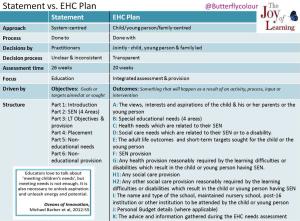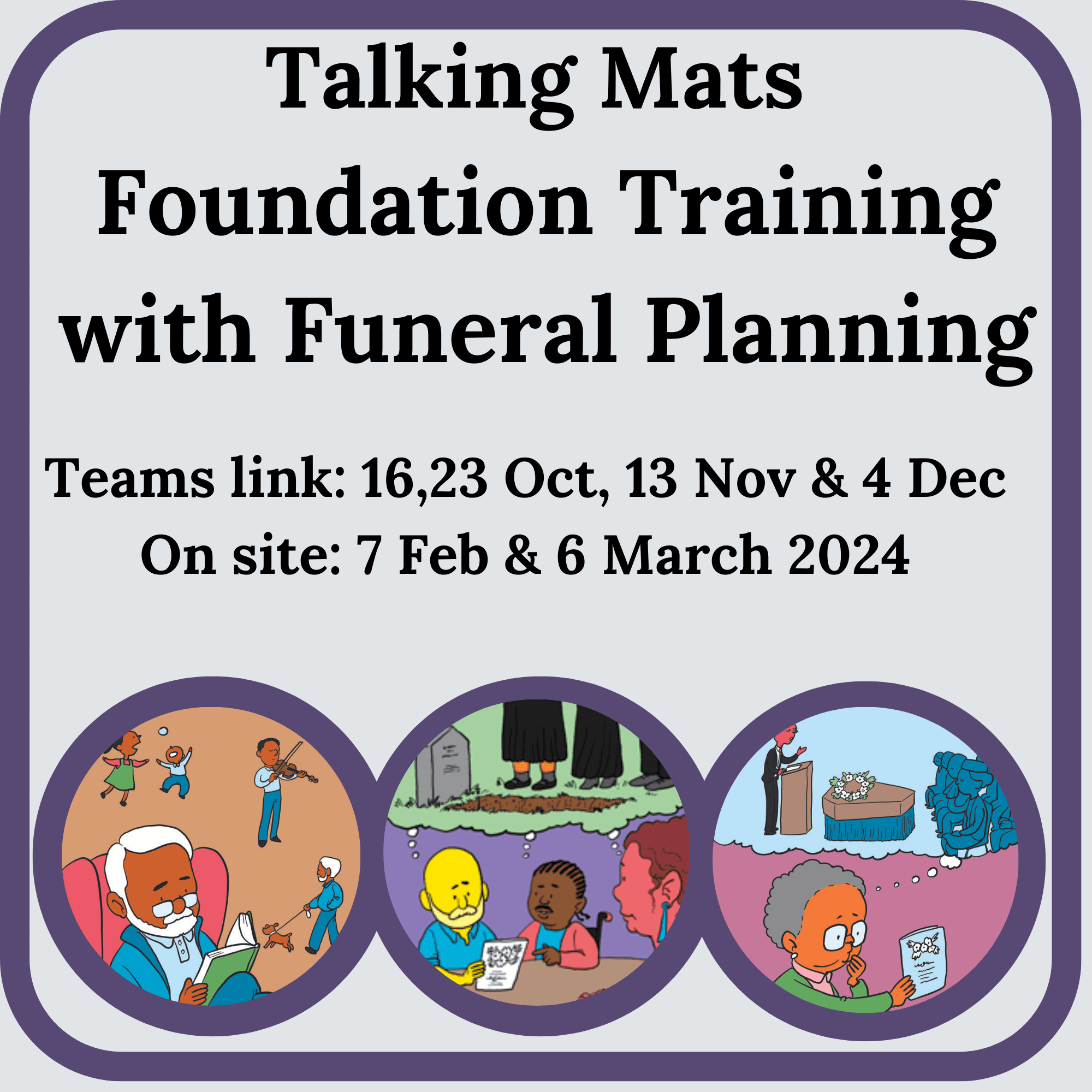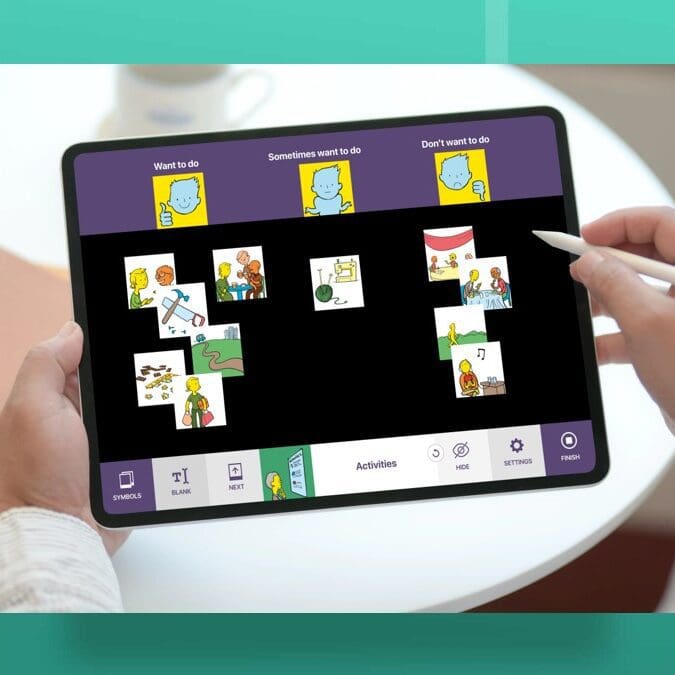Talking Mats -the ideal resource to help you with your EHC Needs Assessment and Plans – Part 2
Part 1 highlighted how Talking Mats training can help improve your competency when consulting children and young people. In this part,we are grateful to Anita Devi, Education Consultant for illustrating the key differences between Statements and EHC plans. The changes have been implemented to enable individuals and families be active agents in their own lives rather than passive recipients of services.
Using Talking Mats as a communication tool enables practitioners to fulfil all stages of the assessment process and contributes to the development of the plan. The differences of the new system under the SEND reforms are illustrated in the table below (double click on the image to see it more clearly):
The local offer provides information on what services children, young people and their families can expect from a range of local agencies, including education, health and social care. Knowing what is out there gives more choice to individuals and to families.
The Local Offer has two key purposes:
1. To provide clear, comprehensive, accessible and up-to-date information about the available provision and how to access it, and
2. To make provision more responsive to local needs and aspirations by directly involving disabled children and those with SEN and their parents, and service providers in its development and review.
For children and young people, who struggle with communication, this can be quite a challenge. What is required is a communication tool that makes the process real and meaningful. Talking Mats breaks down the dialogue into bite-size chunks and gives the child or young person the space and time to meaningfully express his/her preferences and opinions.
Earlier in the year, Anita Devi & I published an article on “Listening to the learner :seeking the views of children and young people with communication difficulties.” It highlights the importance of creating a listening culture within the learning environment and using all modes of communication available. If we take the time to do this, the child or young person’s perspective will be taken seriously and the unique circumstances of each individual kept central to the process.
 Online training login
Online training login 







